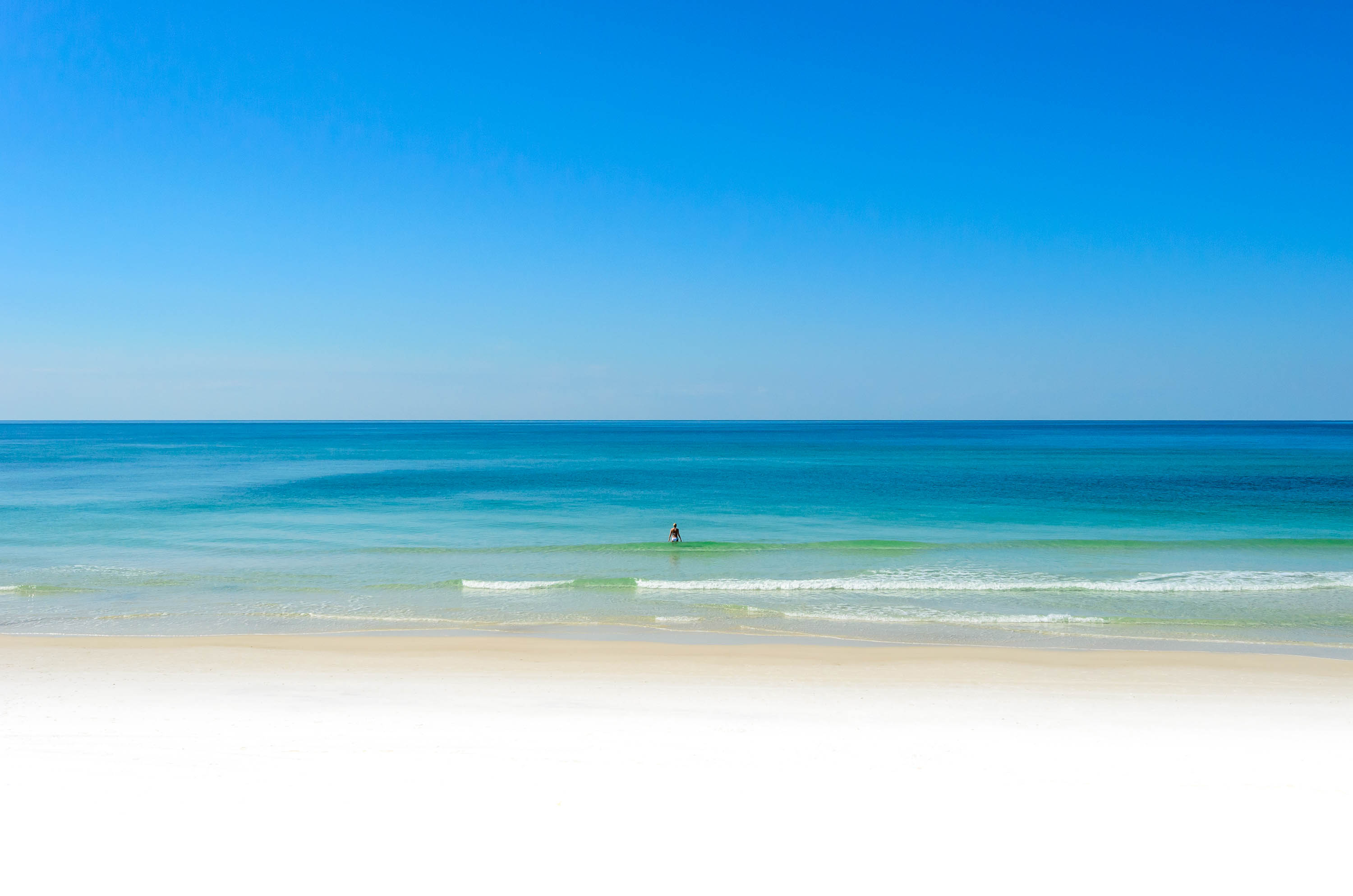based on the only history i have with renourishment, cape may, i'm thinking that 100 feet won't do much. and based on aquaticbiology's math, it would leave quite an incline in some areas.
cape may's beach was extended at least 500' for it's entire length, and the sand is quite different. we will need to resign ourselves to the same. but, like our neighbors to the west, i'm sure some lawsuits would popup regarding who's beach it is, and who's paying for it, and who can walk on it. sidenote, my house in telluride is on the river. my property extended out under the water to half the width of the bottom. i never told someone they couldn't boat or fish there. 'private' beaches activate my reflux.
bmbv, if the county delivered enough sand that the walls were burried under many feet, no i wouln't want to see them removed. it would be throwing good money after bad, and more lawsuits would surely popup. i think erosion of steel and composite leeching into the ground would be a problem though.
i'm a little cloudy on your terminology, bluff=dune? bluff=dune sliced in half from last storms?
jr













